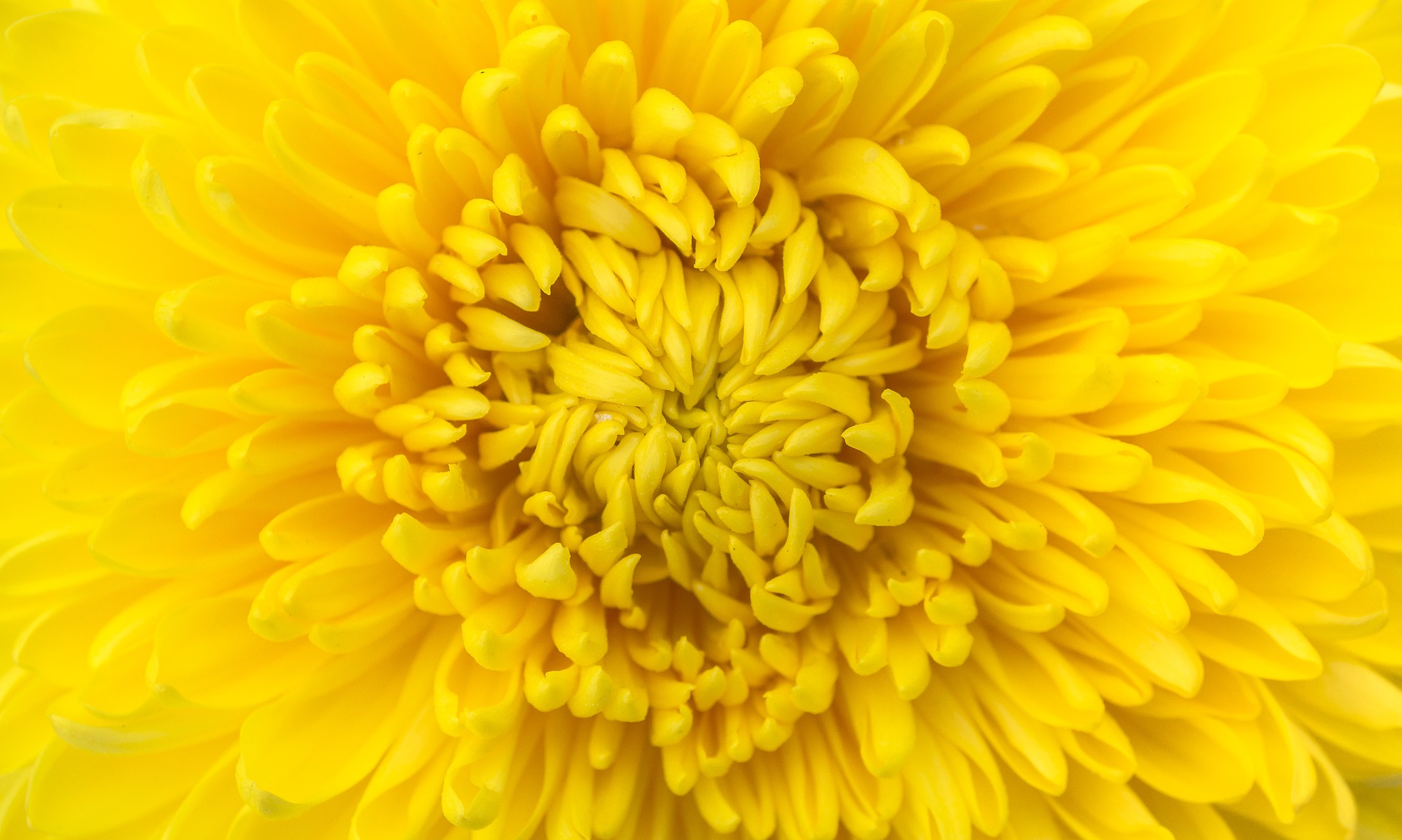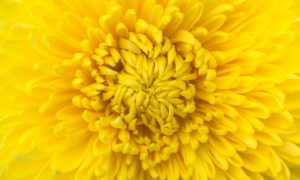
Autumn’s Color: The Garden Mum
The chrysanthemum is considered an iconic American autumn flower, but its ancestors actually hail from eastern Asia, particularly China.
By Thomas Christopher
Chrysanthemums have become a symbol of autumn in the United States, as American as homecoming games and tailgating. In fact, these plants are overwhelmingly Asian. Although some species of chrysanthemums grow wild in northeastern Europe, most of the ancestors of our modern garden mums hail from eastern Asia, and in particular, China. Indeed, the Chinese were the first to domesticate chrysanthemums, sometime around the fifteenth century B.C. They valued chrysanthemums as a medicinal plant and potherb as well as a source of colorful, daisy-like flowers.
No doubt it added to the attraction of these primitive chrysanthemums that they bloom late in the growing season, after most other flowers are past. Chinese gardeners set to work developing new and more spectacular varieties; by the 17th century A.D. some 500 distinct cultivars had been recorded. By then, the Japanese had become chrysanthemum fanciers too; so admired was the chrysanthemum in Japan that a stylized image of its blossom had become the imperial seal, and the monarchy itself was known as the “Chrysanthemum Throne.”
These Asian flowers began to travel westward in the 17h century, and they provided the foundation of the spectacular blossoms that fill florists’ greenhouses today. Unfortunately, these chrysanthemums are not reliably winter proof in most of our region. This applies even to most of the so-called “hardy mums” found at this time of year at local nurseries. That is, the cushion chrysanthemums, the hemispherical, flower-covered plants that are everywhere in fall, do not overwinter reliably in our climate. That is especially true when mature plants are moved into the garden in fall. Typically, such specimens are pot-bound – that is, their roots are congested in a tightly constricted root ball. If transplanted into a garden bed in late summer or early fall, the roots don’t have time to expand into the surrounding soil. Winter freezes will often heave such plants right out of the ground.
If northern gardeners want truly perennial chrysanthemums, they need to look farther afield. For almost a century now, since the 1920’s, the University of Minnesota has pursued a program for breeding chrysanthemums that will over-winter successfully in that state’s chilly climate. The university breeders have crossed existing garden cultivars with extra-hardy wild species and then subjected the resulting progeny not only to field testing but also to freezing in the laboratory. The result has been a host of chrysanthemums that are reliably hardy even in USDA plant hardiness zones 3 and 4.
Currently, the most commercially successful of the University of Minnesota chrysanthemums, and the most widely available, are the “Mammoth” series, which includes the cultivars ‘Coral Daisy’, ‘Red Daisy’, ‘Lavender Daisy’, ‘Yellow Quill’, ‘Bronze Daisy’, ‘Pink Daisy’, and ‘White Daisy.’ As the cultivar names suggest, these plants bear double, daisy-like flowers on plants that become true mammoths. Although they naturally form dense mounds of foliage and flowers, the Mammoth chrysanthemums are expansive, reaching a height and width of as much as 3-4 feet by their third year, assuming the proportions of a small shrub.
The University of Minnesota has introduced a wealth of other chrysanthemums as well, including truly hardy cushion mums of ordinary size, and more traditional-looking, upright, longer-stemmed chrysanthemums. It is currently preparing to release a line of “Wave” chrysanthemums, whose prostrate stems make a low, spreading drift of foliage and flowers as much as 3 feet across.
Sadly, many of the University’s older introductions are difficult to find. The only good source I could locate is Faribault Growers, Inc. of Faribault, Minnesota. Although primarily a wholesale grower, this firm offers an exceptional selection of super-hardy, tried and true chrysanthemums on a retail basis. Prospective customers must order these six to eight weeks before the last frost date in their region (the proper spring planting date for chrysanthemums) because Faribault Growers starts plants to order.
To ensure vigorous and hardy growth, chrysanthemums need a rich, well-drained soil, full sun, and regular irrigation during dry spells. Cushion and Mammoth chrysanthemums are naturally dense growers, but other chrysanthemums should be pinched back by a third a couple of times during the growing season to encourage branching and more compact growth – don’t pinch later than three months before bloom time, which typically translates to mid-June or early July. Mike Donahue, co-owner of Faribault growers, also recommended leaving six inches of withered stems on the chrysanthemums after they enter dormancy and applying a well-drained mulch such as straw or leaves after the weather turns consistently cold in late November.

 Thomas Christopher is the co-author of “Garden Revolution” (Timber Press, 2016) and is a volunteer at Berkshire Botanical Garden. berkshirebotanical.org Be-a-Better-Gardener is a community service of Berkshire Botanical Garden, one of the nation’s oldest botanical gardens in Stockbridge, MA. Its mission to provide knowledge of gardening and the environment through 25 display gardens and a diverse range of classes informs and inspires thousands of students and visitors on horticultural topics every year. Thomas Christopher is the co-author of Garden Revolution (Timber press, 2016) and is a volunteer at Berkshire Botanical Garden. berkshirebotanical.org.
Thomas Christopher is the co-author of “Garden Revolution” (Timber Press, 2016) and is a volunteer at Berkshire Botanical Garden. berkshirebotanical.org Be-a-Better-Gardener is a community service of Berkshire Botanical Garden, one of the nation’s oldest botanical gardens in Stockbridge, MA. Its mission to provide knowledge of gardening and the environment through 25 display gardens and a diverse range of classes informs and inspires thousands of students and visitors on horticultural topics every year. Thomas Christopher is the co-author of Garden Revolution (Timber press, 2016) and is a volunteer at Berkshire Botanical Garden. berkshirebotanical.org.

